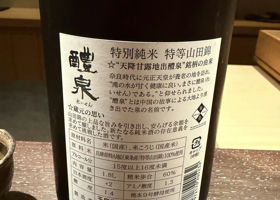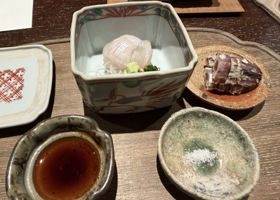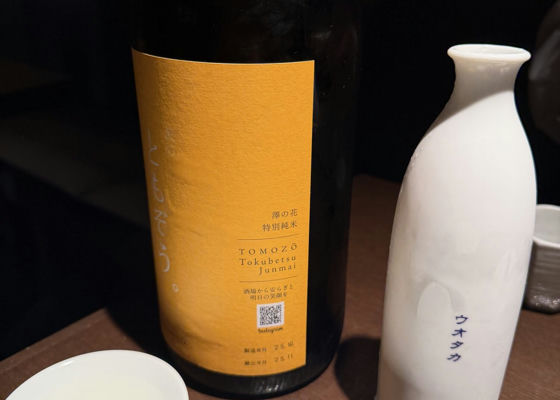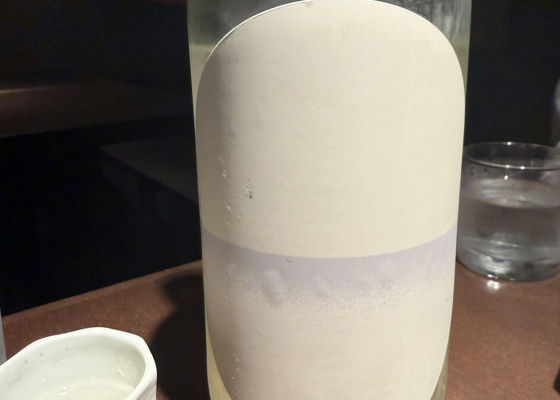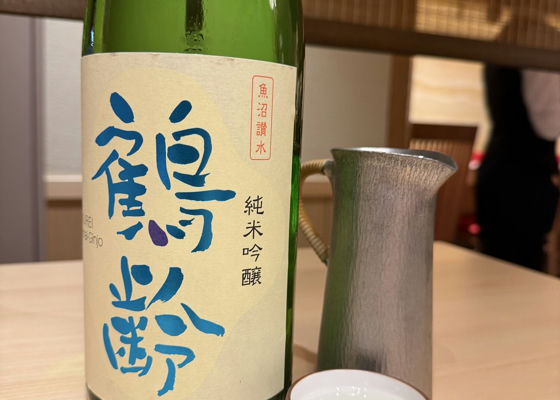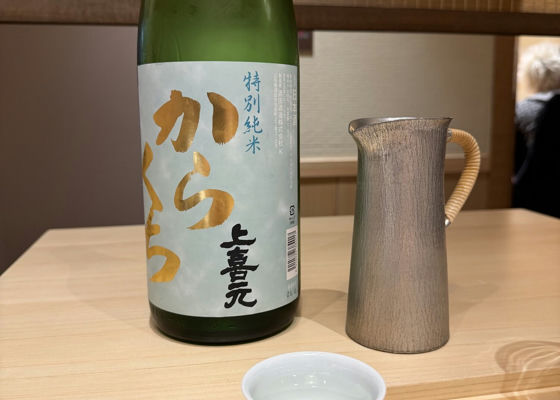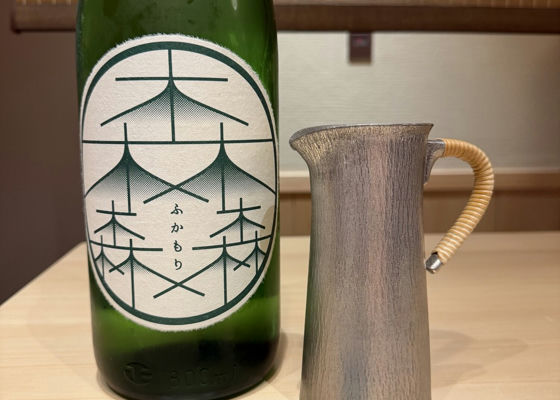
じゅんさん
I drank a local sake, fukamori, at Tokyo Station, which I also drank at Nakatsugawa, where I visited about three years ago. It's good. It is a dry sake with a little bit of umami that would go well with sashimi.
Ingredients: Rice (domestic), rice malt (domestic)
Rice polishing ratio 55
Ingredient rice: 100% Gohyakumangoku
Sake degree +7
Alcohol content 15-16 degrees
Acidity 1.95
Sushi Restaurant Asanokawa Tokyo Station Hotel
Japanese>English









